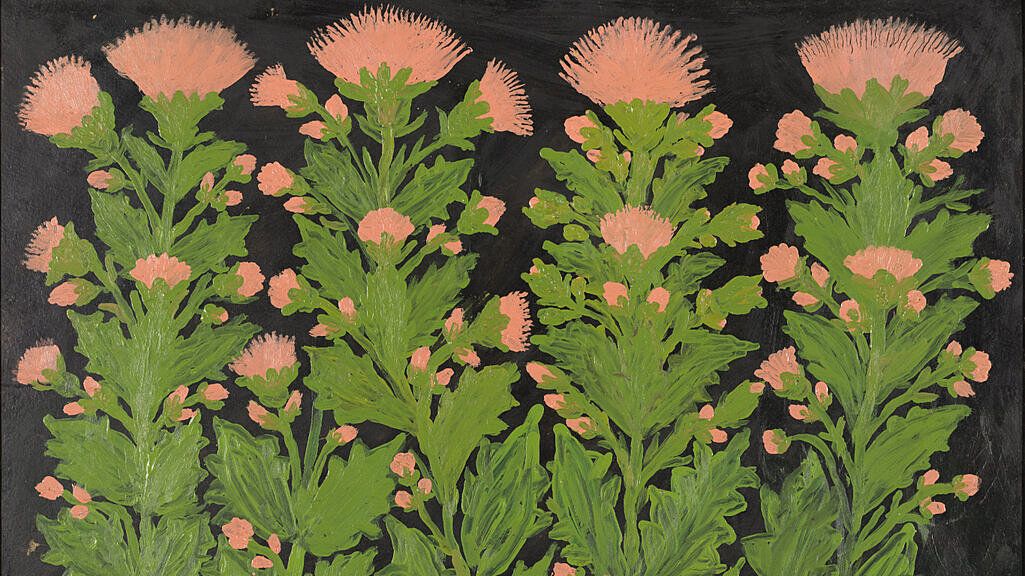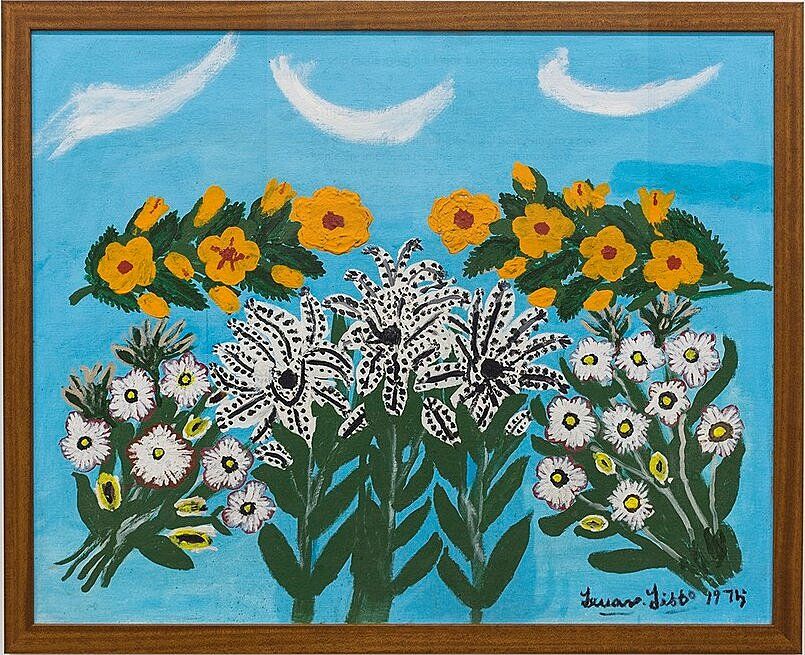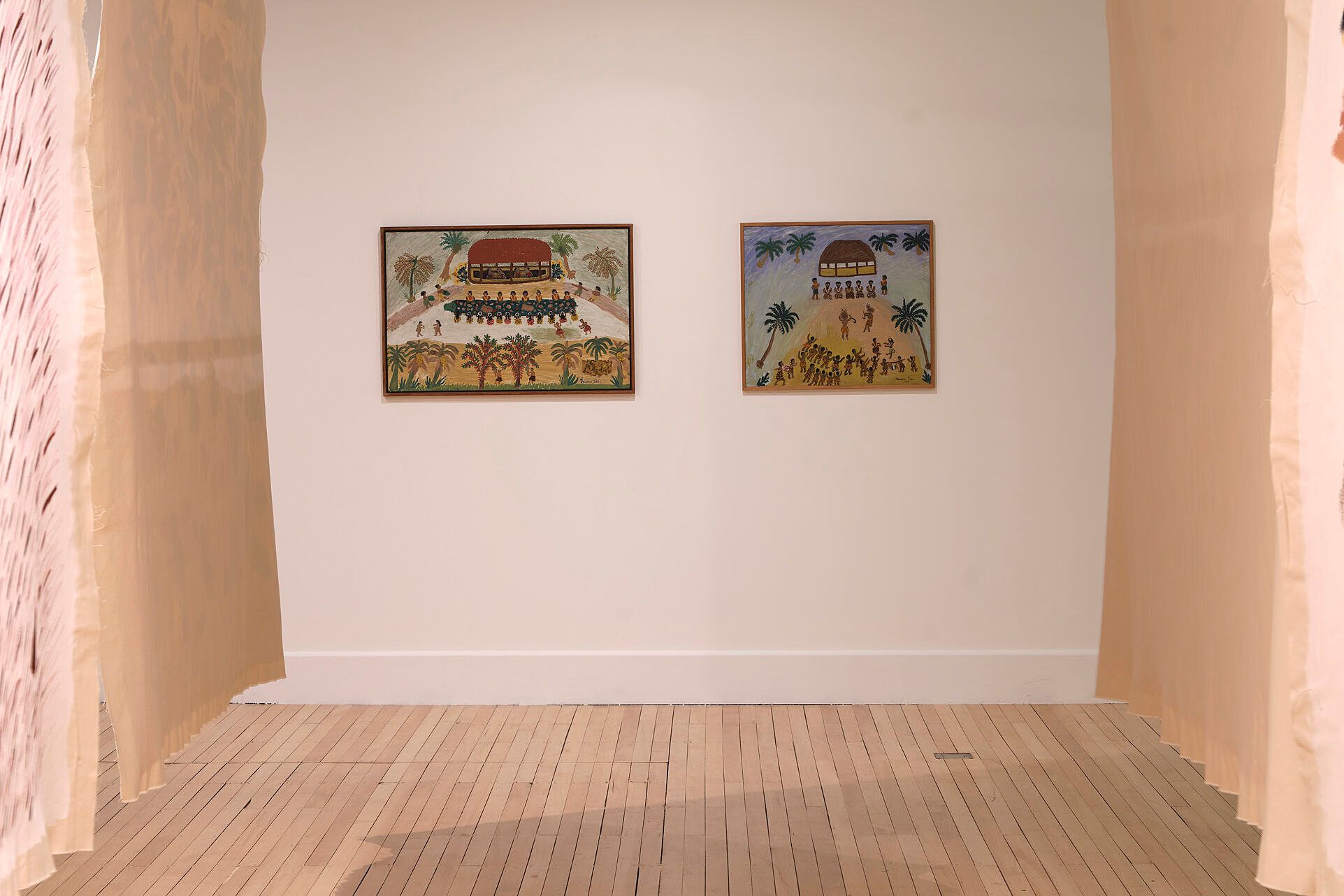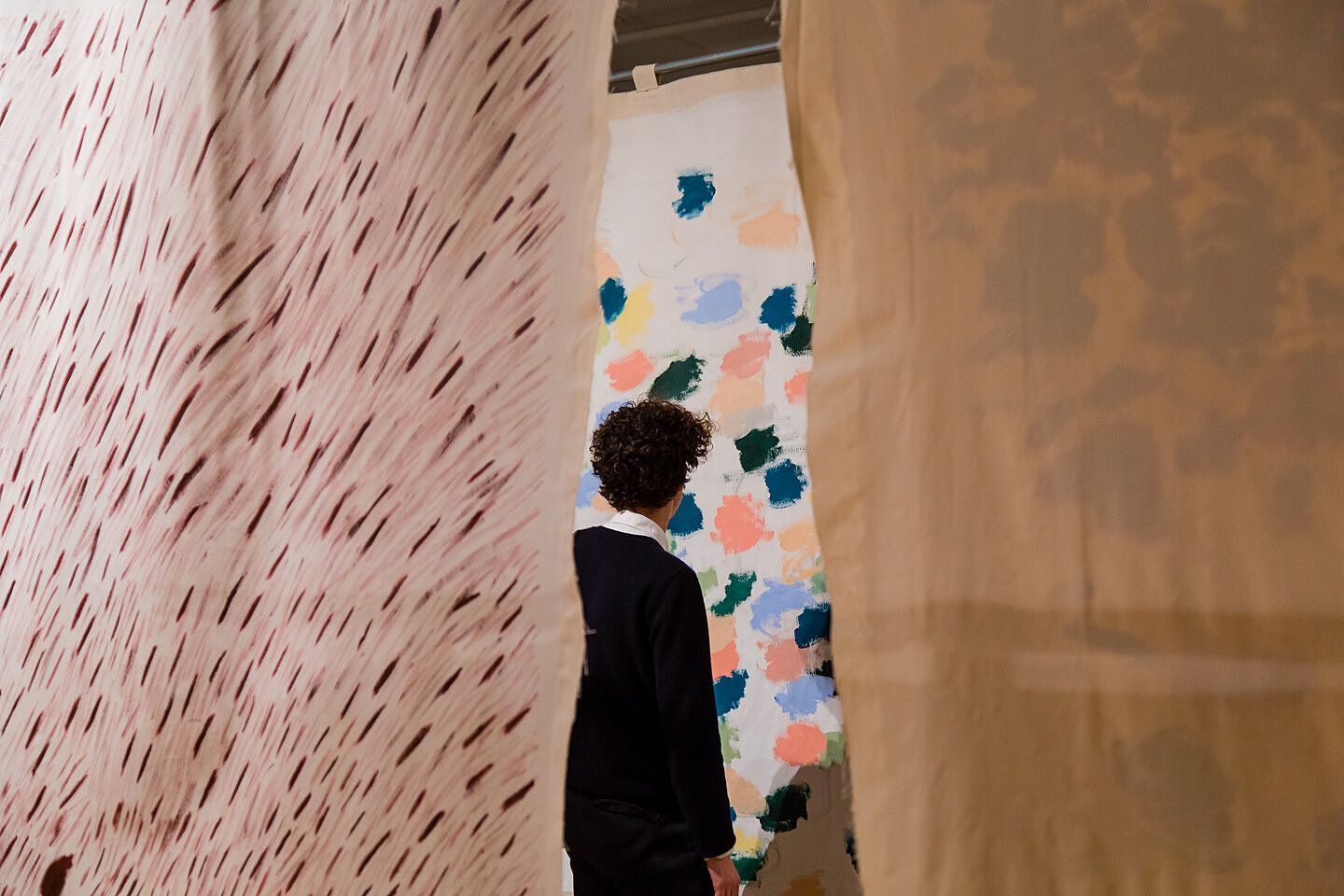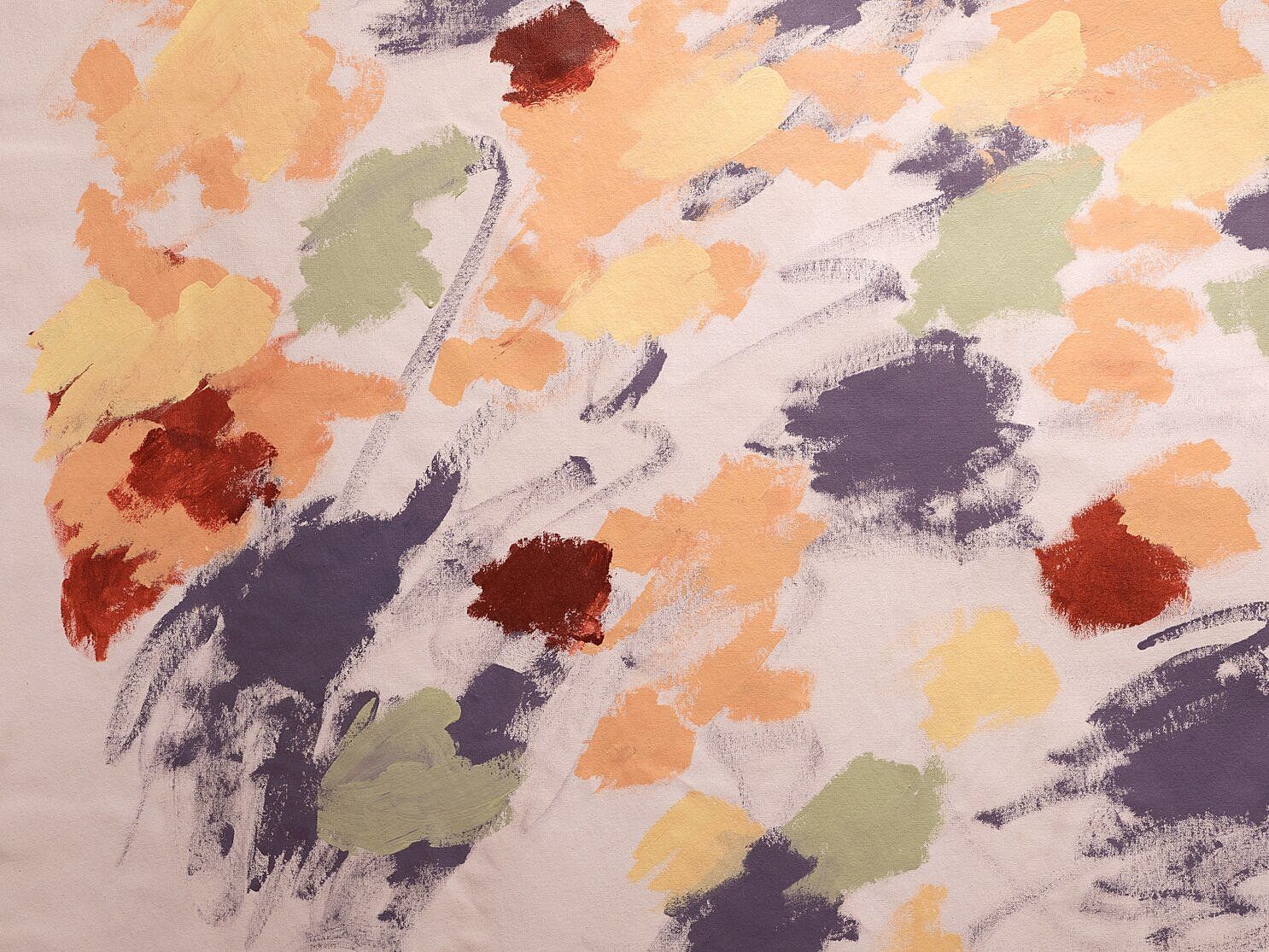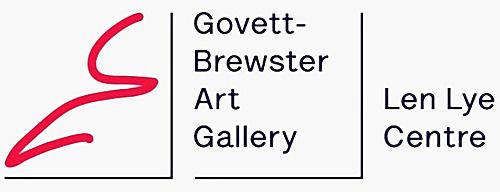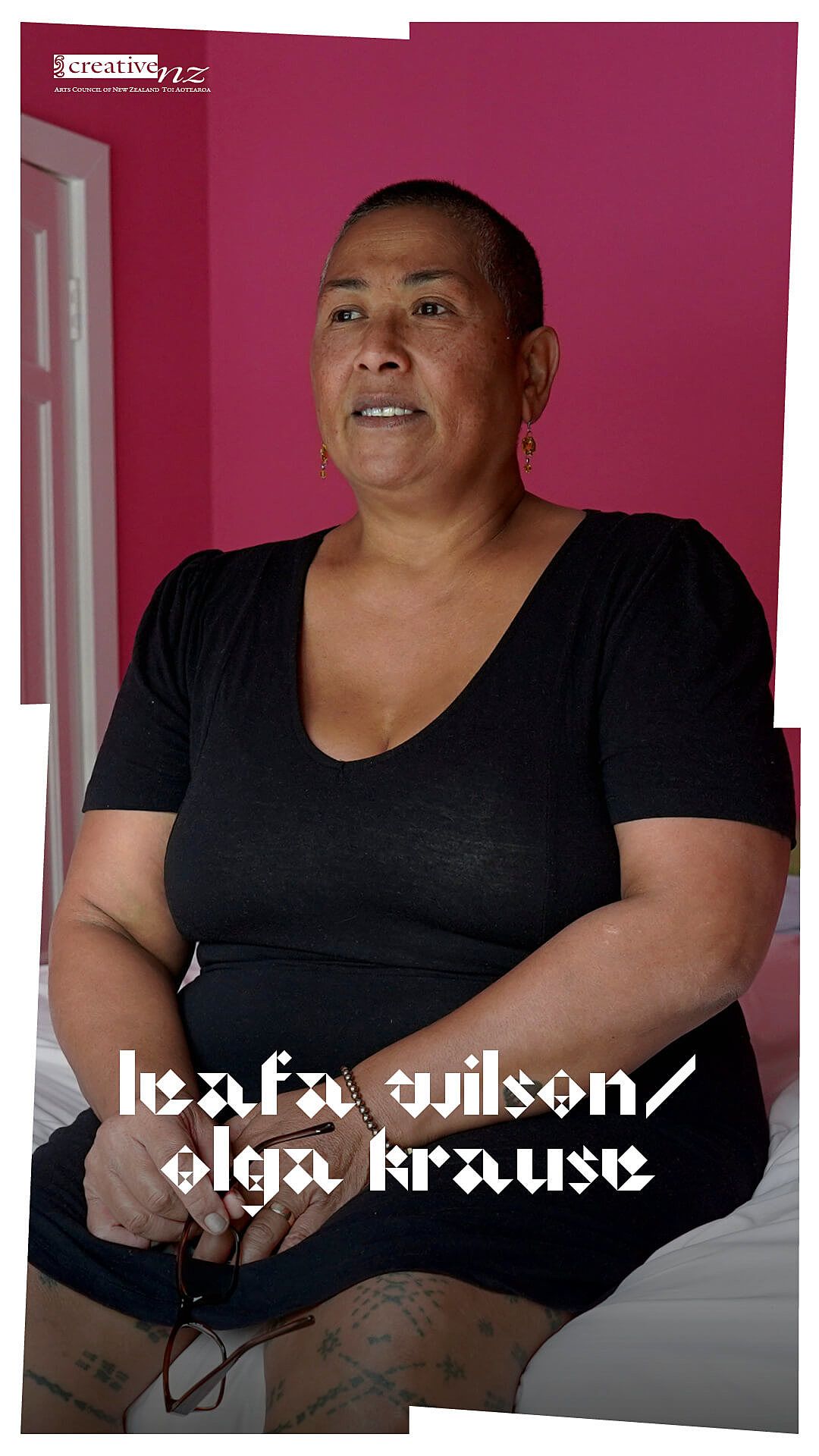Reverie Among the Fetū
A dream was the beginning of the exhibition 'Stars start falling', and a moment shared is where it ends.
O le moemiti o Teuane Tibbo:
I was standing out in the night. My hair was long and black.
The sky was blue and full of stars.
I was standing there like this and the stars started falling all around me.
A reverie is where this exhibition started, inspired by a moemiti that manifested in this exhibition, Stars start falling. It is as though we are in a shared dream: Teuane, Ani and Salome the artists, Hanahiva the curator, and me the scribe, writing down this shared conscious moment.1
Hanahiva – Ra‘iātea, Huahine, and the people of Te Atiawa and Ngāi Tahu
Hanahiva Rose read the beautiful words of Teuane Tibbo’s dream about stars falling. Then she had a reverie. In her mind’s eye, some beauty emanated from the art vibrations around her intuition: it came from the local waves caused by three women artists emerging from the Pasifika diaspora. She located these artists, and they turned out to be Teuane Tibbo, Ani O’Neill and Salome Tanuvasa. They sought to describe their connection to her, to these motu, and their own origins in some way. Hanahiva wove this dream into being in an exhibition she titled Stars start falling.
I found myself standing in the Govett-Brewster Art Gallery in Ngāmotu. In Hanahiva’s vision, she saw the works like stars, suspended in the gallery space. An exhibition so beautiful it would call to me to land in this space for a short time, all the way from Kirikiriroa, and nestle in the colour and harmony. The delightful introduction and catalogue are like a hug directly from out there in the Pacific cosmos; the designers, Extended Whānau, picked up on the same frequency that I did. They wove imagery that would welcome all dreamers to the show with the powerful playing of amorphous, heavenly-body typeface that was like an exhibition of its own beauty in itself.
Teuane Tibbo, Flowers II, 1975. Acrylic on board. Collection of Malcolm McNeill. Image courtesy of Cheska Brown and Enjoy
Teuane – born in 1895 in the village of Vaimea, Upolu, Sāmoa, died in Tāmaki Makaurau in 1984
I am like you, Teuane, I dream first, then make the work. Your dream way back in the 1960s is what has created this point in time. In which your works of fua la‘au and sweet fragrant memories of feasts and celebrations in your alalafaga adorn the walls of a gallery in New Plymouth and talanoa with the works of Ani and Salome.
You know what, Teuane? I really don’t care for all the articles written about your artworks from the early days. You are not a caged manu sā to be studied. You were a nainai of the 1960s for us Oceanic children in diaspora in the 2000s. You were a time bridge from Sāmoa to Aotearoa. Your painting skills are not folky, nor are they naive; they come from the visions sent to you by your gafa in the aether known as the Vā. We know this a ea Teuane? Memories of fiafia and olioli, of the taualuga being performed by dancers wielding the nifo oti, and the aumaga lying prostrate in joy slapping the ground. You show the beauty of village life during a special day, where the guests feast on suckling pua‘a fresh from the umu, and the women and men work on the mea‘ai in the background fale amongst the coconut trees.
Stars start falling installation view, 2021, Govett-Brewster Art Gallery. Image: Sam Hartnett
The distance between you and your memories, Teaune, was a few strokes of paint away. There, in your latter years – painting all of your vibrancy and youth – you gave us a gift that let us join you in the swelter of your Sāmoa. The floral arrangements are not based on Henri Rousseau’s, Frida Kahlo’s, nor are they Frances Hodgkins’; they are yours, from your mind’s eye, your colour palette and your sensibilities. You have a most gentle and original sense of composition and colour relationships. Your intellectual choices are not based on the colour swatches and theories of Itten, Klee or Kandinsky. I feel as though I met you in one of these paintings of your Vaimea village in another time, maybe during your dream of the stars falling all around you; I was one of those that fell about your feet.
Hanahiva has recognised a close affinity of your work, Teuane, to the moemoeā of a young girl living around your neighbourhood, a few streets away. Her name is Ani O’Neill and, like you, her visions of her life were fleshed out in the village that was Grey Lynn and Ponsonby, the first major Pasifika ‘village’ here in Aotearoa.
Ani – Titikaveka, Rarotonga, and Aotearoa
Ani, I love the drawing you made when you were nine years old, and you saw yourself as the hula girl, born amongst your distant ancestors, tangata whenua o Aotearoa. Your māmā and pāpā raised an islander amid a heavily colonised New Zealand. They must have called your ancestors from home to send you dreams of the art they needed you to make. Because it was always in you.
Did I dream this? Oh no, it was real. I remember you as a student at Auckland Girls’ Grammar in Ponsonby, when I was a student art teacher. I taught your class and, even then, I could see you were a bright shining ētū.
I can see you in my mind’s eye, raised in the womb of Titikaveka in Ponsonby in the 1970s. Yours was as Pacific an island upbringing as anyone back home. You can see the cosmos from a slightly different set of co-ordinates on the earth. The seeds of Titikaveka grew out of your hands into the crochet needles that made themselves into artworks.
Your works in this garden of tiare called Stars start falling, monoPoly (1999) and Counter Productive (1999/2021), were first shown in the far-off Mori Gallery in Gadi. What a fitting place for them to be seen. In a huge city, like the one you grew up in, where the Indigenous people are displaced and barely seen in any of the streets or houses. Where your/our people were ‘ghetto-ised’. Both of these works take me to the streets I remember when visiting my Uncle Pinati.
monoPoly, 1999, installation view, Govett-Brewster Art Gallery. Image: Hayley Bethell
In Counter Productive, you have placed the crocheted coloured circles close together, their muted tones of ochre, browns, grey leaden cloud colours, make me think of the different colours of the people fresh from the Pacific and living in close proximity, like a village, except with no frangipane colours, like the colours of the houses in Ponsonby and Grey Lynn. They are like a legend for a neighbourhood map – did you fly over them in your dreams and snap the colours with the retina of your eyes?
Your work monoPoly is a more honest version of the Monopoly game: yours reveals to us the wealth and poverty in Tāmaki Makaurau. The sizes of these perfectly crocheted circles are your story, from the perspective of a Cook Islands contemporary artist on Māori land, colonised by the same Empire that called your homelands the Cook Islands. The irony in this work is so subtle, Ani. monoPoly makes my heart pine for islands’ greenery, the ocean’s teals, and colours of the hibiscus flowers that line the unnamed streets. They smell like hot pink and sensual perpetual orange summers.
Salome – Tonga and Sāmoa
Sāmoa and Tonga – you called them up in your waking dreams, and they came to you, in your backyard, into the hallways of your home and onto the canvasses you hung on your wall to await their visitation. I recall asking you how your parents communicated, and you said that they spoke to each other in English. I think your parents speak to you in your mark-making. You perform these gestures of paint, and I don’t believe that they come from nowhere; their origins are not entirely from the European artistic notions we know as ‘abstract expressionism’. These are taualuga/tau‘olunga equivalents, responses to the internal conversations you have with Tonga and Sāmoa, the origins of your physical body. I know that you were not dancing at the time, but these are intuitive responses.
I agree with the titling of your practice as true as they can be. I imagine you, in your backyard for space, painting, and enacting gestures like the flick or turn of your hand – viewing the vā of your canvases, apportioning the exact amount of performative painted action, colours and paint to make these incredible mindscapes of marks. You have to work around your children, your pa‘aga, your washing line, your family life. These are works in-between and reflective of you, the Salome, in this contemporary Aotearoa space. It’s not unusual for your family to see that’s what māmā does. Even the way they are installed in the show reminds me of how they might hang on your washing line as you make them. You are a generous artist who truly gives as much as you can give from the depths of yourself. I can see your responses to the foliage and the skies above you in your Panmure, East Tāmaki, yard. I can see also your responses to the distant homelands, where the marks have exited your paintbrush like automatic writing or drawing.
There is somewhat of a tufuga action in the way you make, Salome. Like a tufunga, we do not know exactly what you see, how you communicate with the invisible, resulting in marks that somehow make sense to us, imbued with a tender ferocity.
Salome Tanuvasa, Untitled, 2021, Courtesy the artist and Tim Melville Gallery. Image: Hayley Bethell.
Salome Tanuvasa, Untitled, 2021
The stars keep on falling, they fall in this time of Matariki, and they have somehow managed to land in this small corner of the universe in Ngāmotu New Plymouth. They fall with gentle and sublime nearness and talanoa quietly together like a cluster of sister stars. It has been such an illuminating reverie to be amongst these fetū: Teuane Tibbo, Ani O’Neill and Salome Tanuvasa. Perhaps this is what Teuane could see in her dream of stars falling all around her.
1 Teuane Tibbo, quoted in Hanahiva Rose, Stars start falling (New Plymouth: Govett-Brewster Gallery, 2021), 3.
Glossary
Ā ea? – isn’t that right? (rough translation, Sāmoan)
Aumaga– the male members of the village (Sāmoan)
Alalafaga – village (Sāmoan)
Ētū – star, stars (Rarotongan Cook Islands)
Fetū – star, stars (Sāmoan)
Fiafia – festivity (Sāmoan)
Fua la‘au – flowers (Sāmoan)
Gadi – Indigenous original Gadigal nations’ name for the city known as Sydney, in Australia
Gafa – lineage, whakapapa (Sāmoan)
Manu sā – special or sacred bird (Sāmoan)
Mea‘ai – food (Sāmoan)
Moemiti – dream (Sāmoan)
Moemoeā – dream (Cook Islands Māori)
Nainai – a receiver of ancient knowledge (rough translation, Sāmoan)
Olioli – joy (Sāmoan)
Pa‘aga – partner (Sāmoan)
Pua‘a – pig (Sāmoan)
Talanoa – converse, talk (Sāmoan)
Taualuga (Sāmoan), Tau‘olunga (Tongan) – a ceremonial dance form performed typically by a manaia or a taupou (Sāmoan tradition) and performed in celebration when securing the uppermost rafter of a traditional Sāmoan house (fale). Tonga’s adaptation involves the application of paper money to the oiled-up body of the dancer
Tiare –a pan-Cook Islands word for ‘flower’. The various islands of the Cooks archipelago also have varying dialects
Tufuga (Samoan), Tufunga (Tongan) – an expert, a specialist in an area of the arts, spiritism, traditional medicine, etc. The equivalent of a ‘shaman’
Umu – a traditional Sāmoan oven in which food is cooked by wrapping in banana leaves and covering with superheated volcanic rocks. The rocks are covered with a layer of dampened materials to keep the heat in and maintain the consistent heat which cooks the food
Vā – the Polynesian theory of dynamic space that connects time to space: past, present and future
Teuane Tibbo, Ani O’Neill, Salome Tanuvasa
Govett-Brewster Art Gallery, Ngāmotu New Plymouth
Curated by Hanahiva Rose
22 May – 15 August 2021
*
This piece is presented as part of a partnership with Govett-Brewster. They cover the costs of paying our writers, while we retain all editorial control.
Feature image: Teuane Tibbo, Opium Poppies, 1968. Oil on cardboard.
